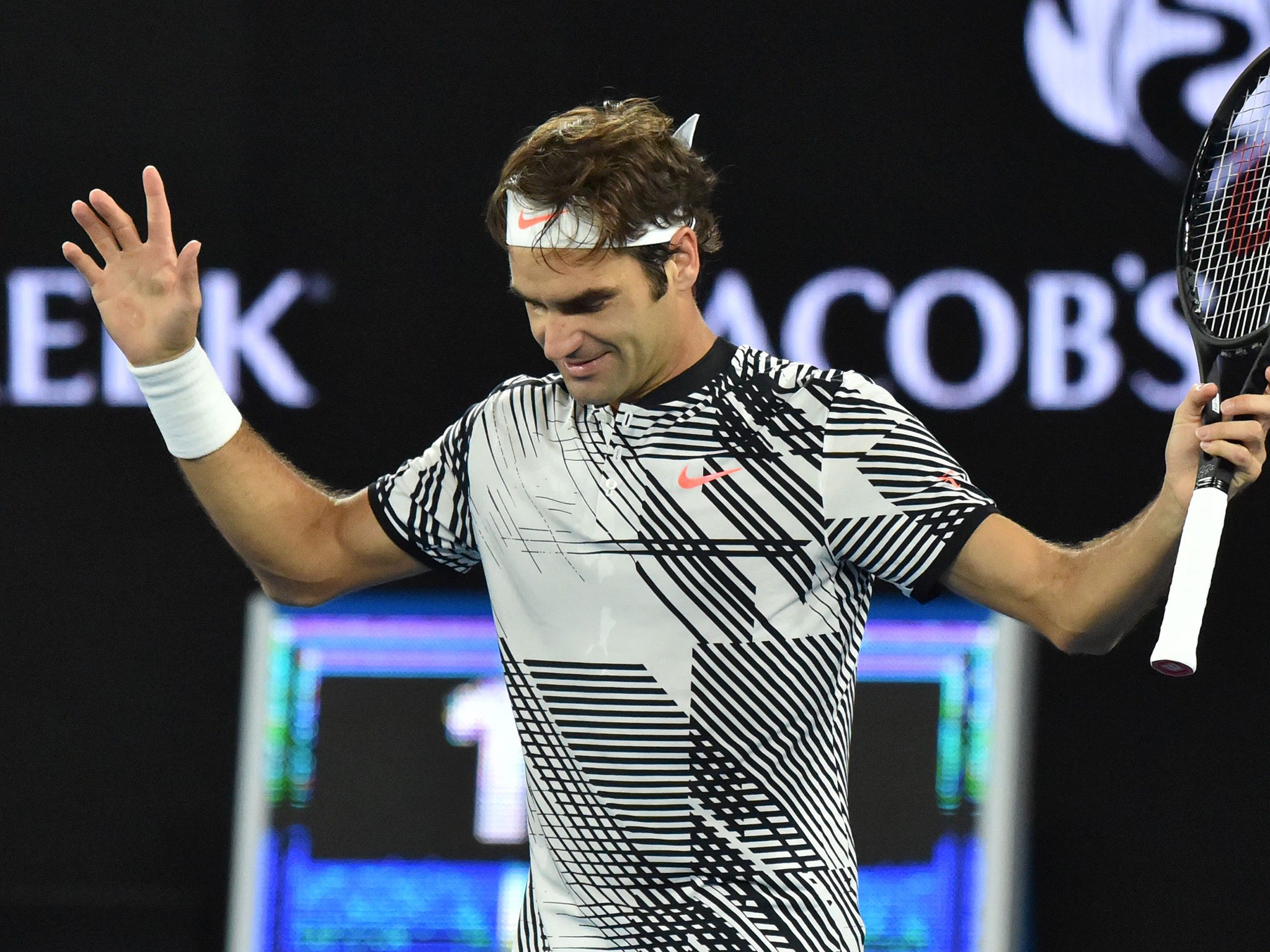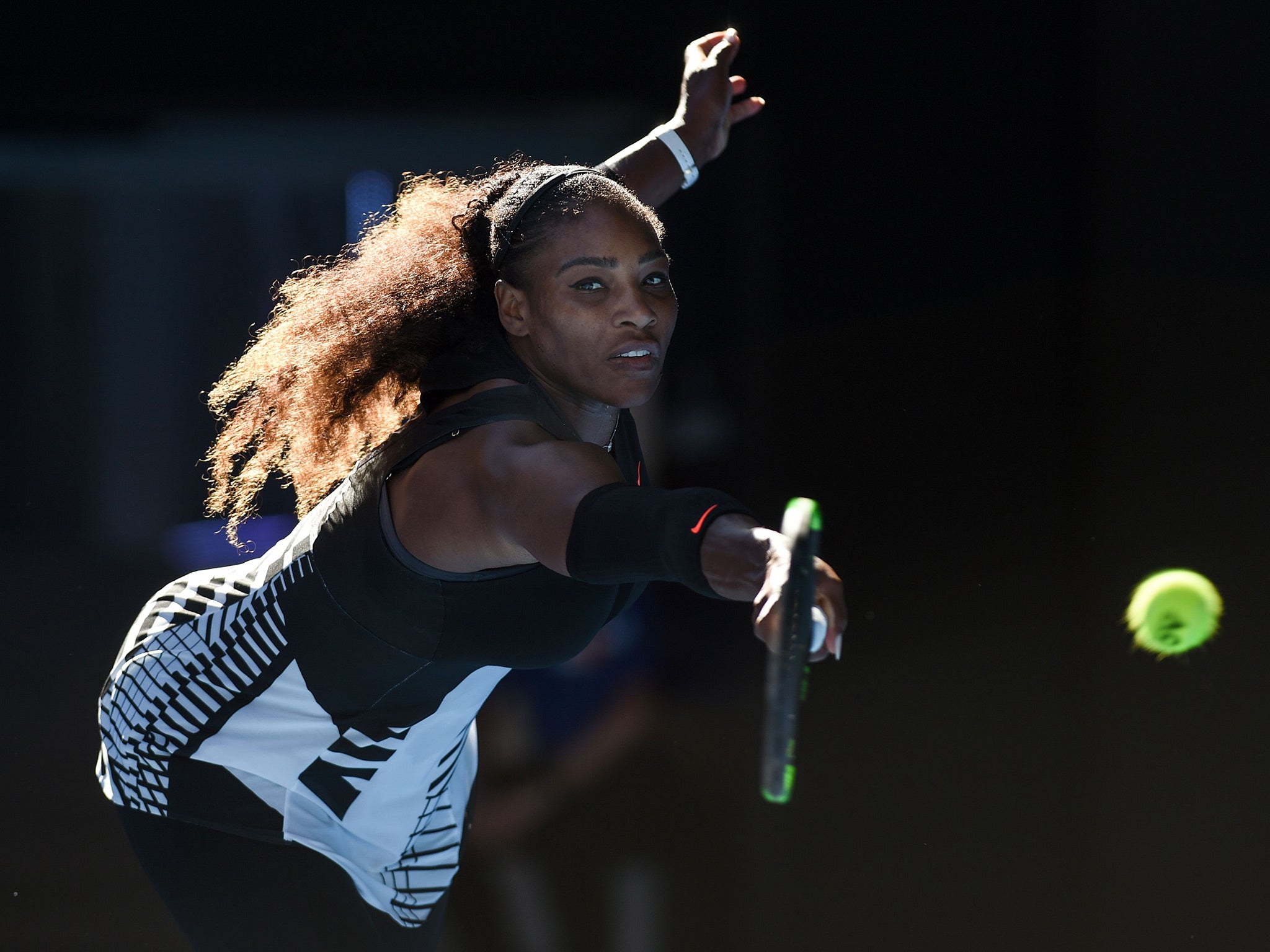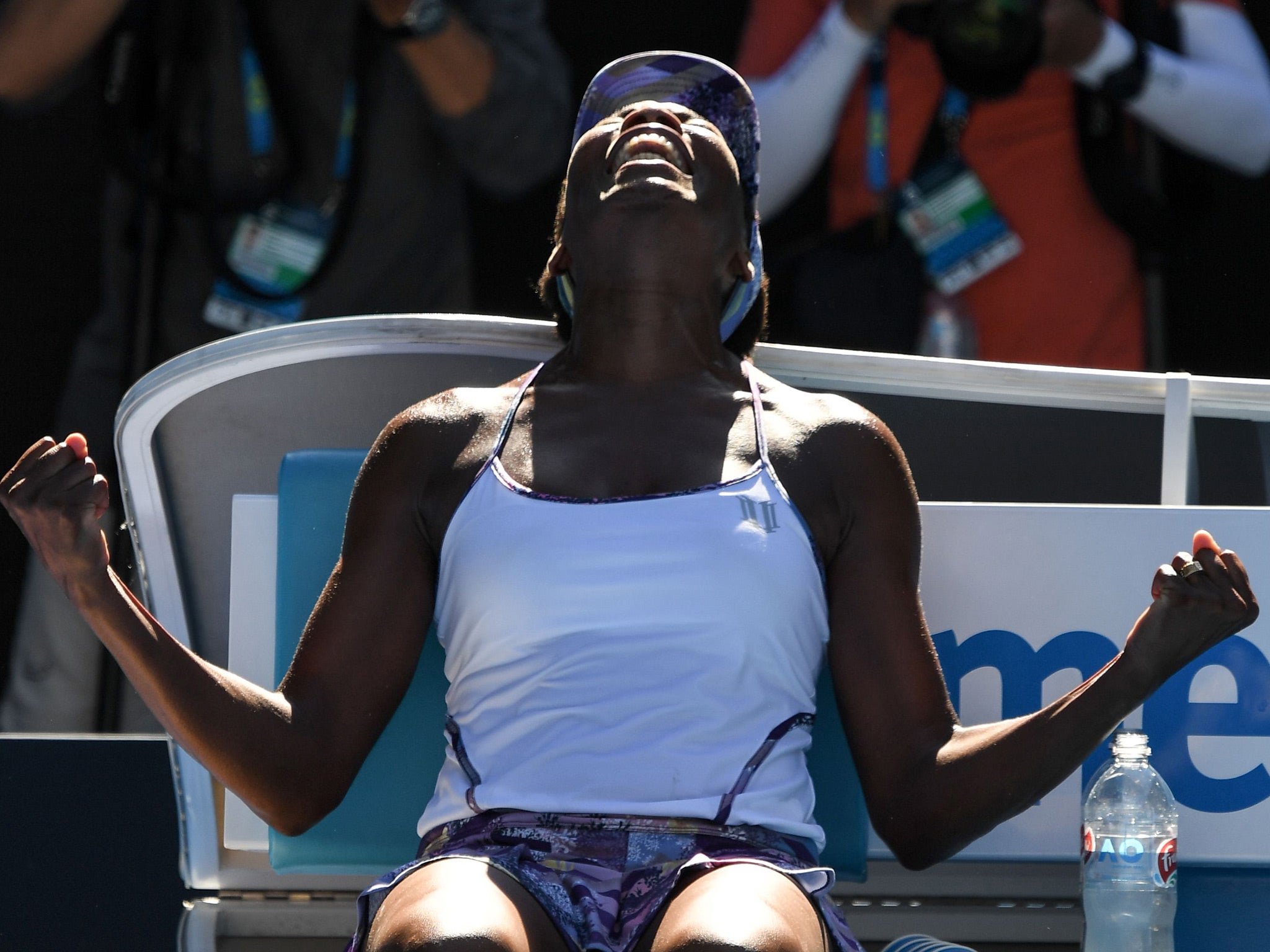The golden oldies are striking back at the Australian Open
All three confirmed singles finalists are over the age of 35, with the seasoned Rafa Nadal favoured to join them

Your support helps us to tell the story
From reproductive rights to climate change to Big Tech, The Independent is on the ground when the story is developing. Whether it's investigating the financials of Elon Musk's pro-Trump PAC or producing our latest documentary, 'The A Word', which shines a light on the American women fighting for reproductive rights, we know how important it is to parse out the facts from the messaging.
At such a critical moment in US history, we need reporters on the ground. Your donation allows us to keep sending journalists to speak to both sides of the story.
The Independent is trusted by Americans across the entire political spectrum. And unlike many other quality news outlets, we choose not to lock Americans out of our reporting and analysis with paywalls. We believe quality journalism should be available to everyone, paid for by those who can afford it.
Your support makes all the difference.For Wimbledon 2008, read Melbourne 2017. If Rafael Nadal beats Grigor Dimitrov here on Friday in the last of the singles semi-finals, this weekend’s conclusion to an extraordinary Australian Open will be a repeat of the climax to the Wimbledon championships of nine years ago, when Venus and Serena Williams met in the women’s final and Rafael Nadal played Roger Federer in a match that was hailed as the greatest in All England Club history.
On that occasion Venus, then the world No 7, beat Serena, the world No 6, in straight sets before Nadal, the world No 2, beat Federer, the world No 1, 9-7 in the fifth set as the night famously closed in on a roofless Centre Court.
Even if Nadal does not make it to his 35th career meeting with Federer, this has still been an astonishing fortnight for the sport’s thirty-somethings. In beating 31-year-old Stan Wawrinka 7-6, 6-3, 1-6, 4-6, 6-3 on Thursday, 35-year-old Federer became the oldest man to reach a Grand Slam final since 39-year-old Ken Rosewall went all the way at the 1974 US Open.
Nadal, meanwhile, will be attempting to reach his first Grand Slam final since he won the French Open for the ninth time in 2014. If the 30-year-old Spaniard wins his second Melbourne title he will become the first man in the Open era to win each of the four Grand Slam tournaments at least twice.
Venus Williams’ comeback, which was crowned by her 6-7 6-2 6-3 victory over Coco Vandeweghe in the first of Thursday’s semi-finals, is even more remarkable given the fact that she has been dealing for the last six years with Sjogren’s syndrome, an incurable auto-immune disease which causes fatigue and joint pain.
Saturday’s final here against her sister will be Venus’ first in a Grand Slam tournament for eight years and her first here since 2003. At 36 she will be the oldest Australian Open singles finalist in the Open era and the oldest singles finalist at any Grand Slam event since 37-year-old Martina Navratilova was runner-up at Wimbledon 23 years ago.
Meanwhile Serena, aged 35 and already the oldest woman to win a Grand Slam title in the Open era, will reclaim top spot this weekend if she wins her 23rd Grand Slam singles title, which would leave her just one short of Margaret Court’s all-time record. Serena already holds the record as the oldest world No 1 in history, having led the rankings until she was displaced by Angelique Kerber after last year’s US Open.
Venus was asked to explain how the sisters had stayed at the top for so long. “I believe there’s a genuine love of competing,” she said. “You have to enjoy that because there are a lot of moments out there where you are not happy with your game. It’s not necessarily a ton of fun, that frustration. You have to enjoy that process and you have to love the game.”
Serena, who crushed another golden oldie in 34-year-old Mirjana Lucic-Baroni in the semi-finals, described the forthcoming final against her sister as “probably the moment of our careers so far”. She added: “I never lost hope of us being able to play each other in a final.”

Asked what it had been like to watch her sister’s struggles with her health, Serena said: “I was always stressed out and worried if she would be OK and be able to play. I would see her practise. She’d practise so well, do so well. I always felt like when she lost, I was almost surprised. At the same time I was like: ‘Wow, it's amazing that you’re even out here.’ I just really feel fortunate to have been there for the highs and the lows and everything.”
Serena insisted that both sisters would be going all out to win. “This is a Grand Slam final at the end of the day,” she said. “I really do feel like we'll both be happy for each other no matter what happens, but still we want to be able to go out there and play our best.”
There was a time when the sisters were accused of agreeing to take it in turns to win when they faced each other, but Serena has had much the better of their meetings over the last 16 years. She has won six of their eight Grand Slam finals, including their only previous meeting in a final here in 2003.
I never lost hope of us being able to play each other in a final.
What makes the success of Federer and Nadal all the more remarkable is the fact that both men ended their 2016 seasons early because of injury. Federer, who had a knee problem, played his last tournament at Wimbledon, while Nadal wound up his campaign in October because of a wrist injury.
“I don’t think either of us would have ever thought that we would be here playing in a final again,” Federer said. “I went to open his academy with him in Majorca a few months back and I told him: ‘I wish we could do something like a charity match or something.’ But I was on one leg, he had a wrist injury and we were playing some mini tennis with some juniors.
“We said: ‘Well, that’s the best we can do right now.’ A few months later I’m in the final here and he may be too. I think this tournament is already very special for both of us.”

Federer rarely calls for the trainer during matches but went off court for treatment on a leg problem before the fifth set against Wawrinka. However, he insisted the injury would not hamper him in the final. “I’ll leave it all out here,” he said. “If I can’t walk for another five months that’s OK. I’ll give it all I have.”
The success of the older players here has been part of a growing trend. Forty-six of the 128 men who started this Australian Open were aged 30 or over while there were 18 over-30s in the women’s field.
The longevity of the likes of Federer and the Williams sisters contrasts sharply with the careers of some of their recent predecessors. Bjorn Borg was only 25 when he played his last Grand Slam tournament, while John McEnroe and Mats Wilander did not win Grand Slam titles after the ages of 25 and 24 respectively.
While the physical nature of the modern game means it is all but impossible for current-day teenagers to emulate the feats of some of their predecessors – Boris Becker won Wimbledon at 17 and Pete Sampras and Stefan Edberg were 19 when they won their first Grand Slam titles – advances in training techniques, fitness, nutrition and recovery programmes are enabling players to extend their careers.
Much the same is true in women’s tennis, in which restrictions on the number of tournaments in which young players can compete has made it harder for youngsters to make an impact in the way that the likes of Tracy Austin and Jennifer Capriati once did.
Federer, meanwhile, has come to realise the value of taking a break when injured. “At some point you reach a limit and you just can’t go beyond that,” he said. “You just can’t win back-to-back. You just don’t feel free enough in your mind and your body.
“That’s where I guess both Rafa and myself said: ‘OK, enough of this already. Let’s get back to 100 per cent, enjoy tennis again, enjoy the practice.’ Not just practice, treatment, practice, treatment, match, treatment. All the time all you’re doing is fighting the fire. From that standpoint, the six-month break definitely gave me something in return.”
Join our commenting forum
Join thought-provoking conversations, follow other Independent readers and see their replies
Comments